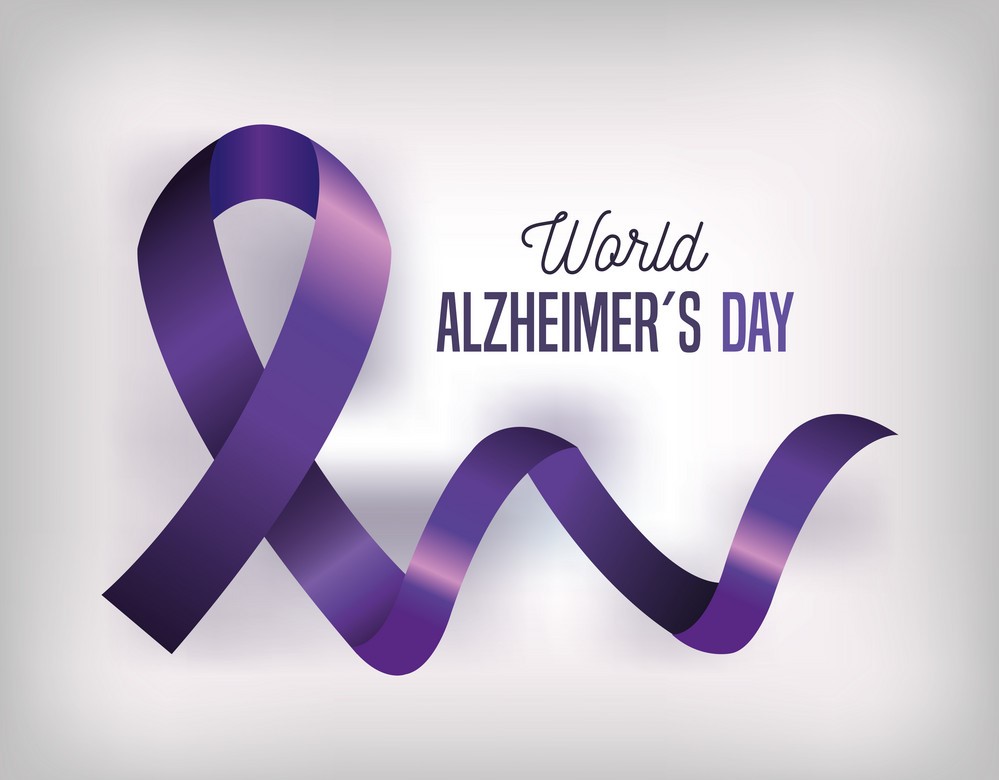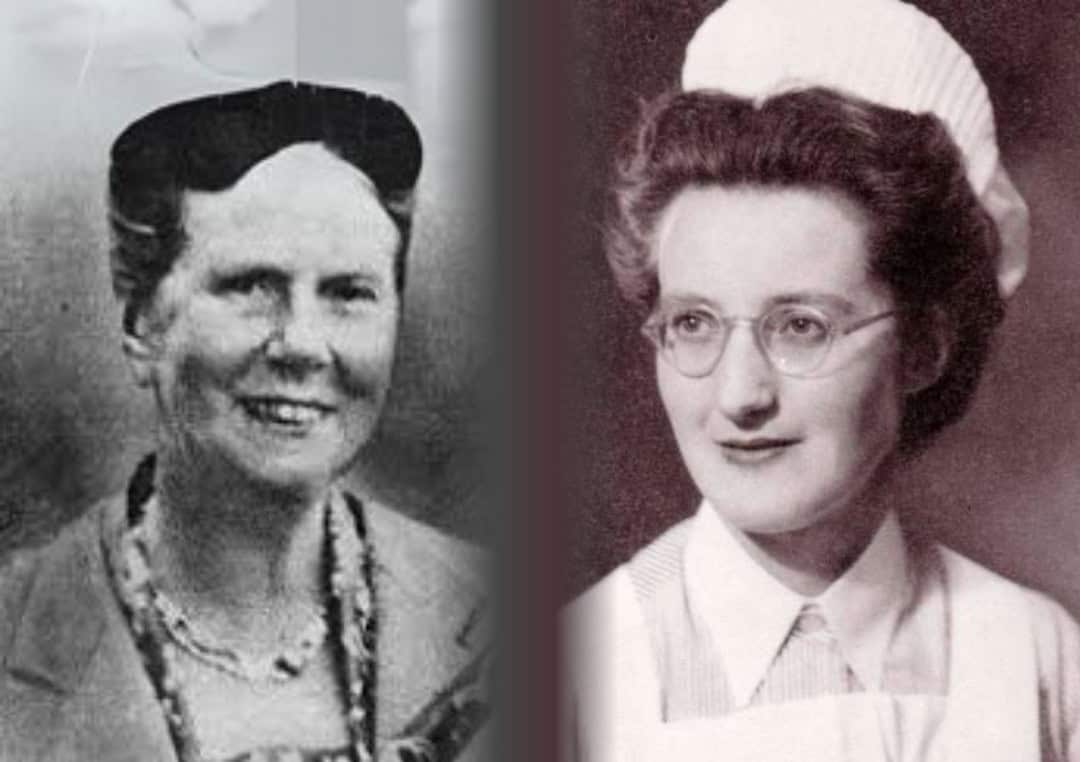What is the difference between Dementia and Alzheimer’s?
What is dementia?
Dementia is a group of symptoms. It’s caused by different diseases that damage the brain. The symptoms get worse over time and include:
- memory loss
- confusion and needing help with daily tasks
- problems with language and understanding
- changes in behaviour.
Dementia is progressive, which means symptoms may be relatively mild at first, but they get worse over time.
What is Alzheimer’s disease?
Alzheimer’s disease is the most common cause of dementia. About two out of three people living with dementia in the UK have Alzheimer’s disease, which is sometimes called “Alzheimer’s”.
Alzheimer’s disease is a physical illness which damages a person’s brain. It starts many years before symptoms start to show.
Early symptoms of Alzheimer’s are mild and don’t prevent someone from doing everyday activities by themselves. This is called Mild Cognitive Impairment (MCI).
It’s often not possible at this stage to say for sure that the person’s symptoms are being caused by Alzheimer’s disease, as there could be many other causes.
Eventually Alzheimer’s disease causes so much damage to the brain that the person develops dementia. Technically this type of dementia is called ‘Alzheimer’s disease dementia’. However, most people – including healthcare professionals – just call it ‘Alzheimer’s disease’.
For most people, Alzheimer’s disease starts in and around the part of the brain involved in memory. However, in some rarer types of dementia the disease starts in a different part of the brain and so causes a different set of symptoms. This is called a Typical Alzheimer’s. For example, posterior cortical atrophy is caused by Alzheimer’s in the back of the brain and mostly causes problems with vision.
What causes Alzheimer’s disease?
The causes of Alzheimer’s disease are very complex, but one key part is the build-up of two substances inside the brain called amyloid and tau. When conditions in the brain aren’t right, these clump up and form tiny structures called plaques and tangles. These make it harder for the brain to work properly.
Over time the disease causes certain parts to become smaller. It also reduces the amount of important chemicals needed to send messages around the brain.
There is currently no cure for Alzheimer’s disease. However, treatments may temporarily ease some symptoms or slow down their progression in some people.








